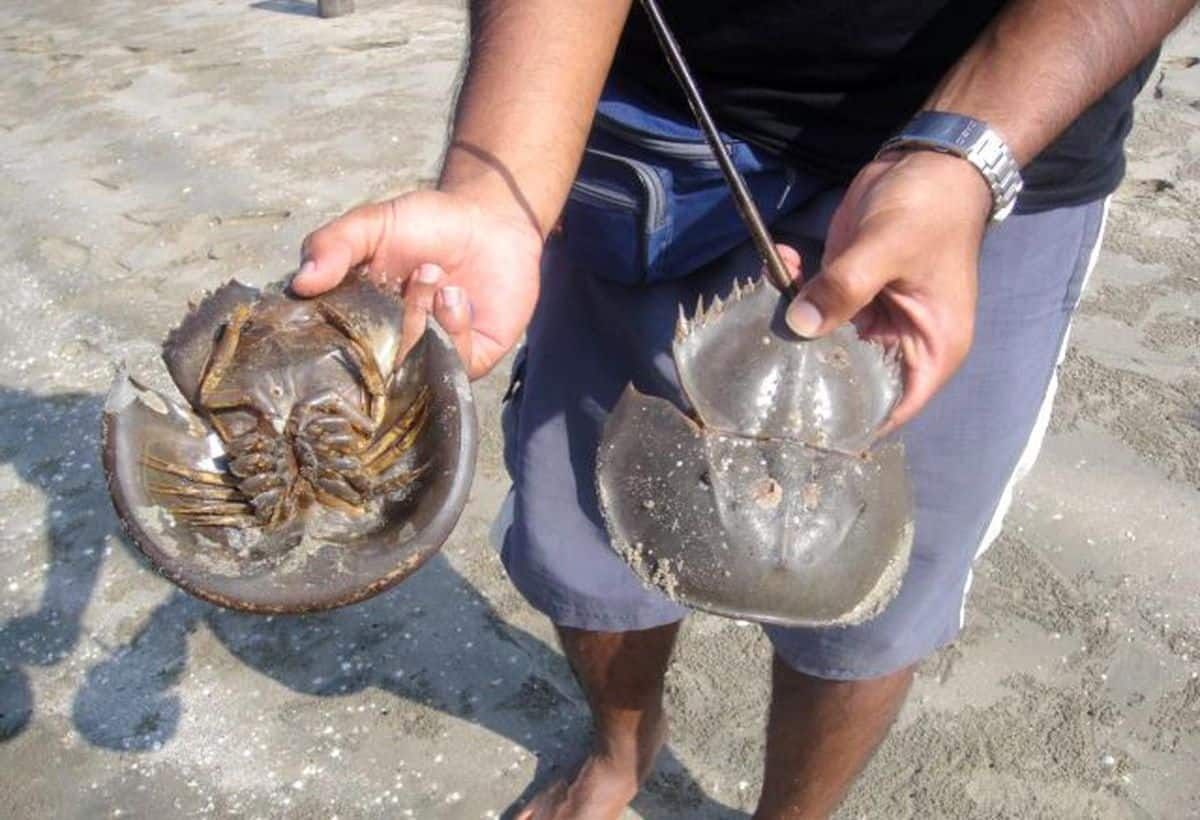Every living creature on Earth relies on oxygen and blood to survive. Within the human population, there are various blood groups, some of which are exceedingly rare and can be challenging to obtain, leading to their high market prices in emergencies. Today, we are exploring a fascinating creature that possesses the most precious blood in the world—the Horseshoe Crab. Its blood is so valuable that a single liter could easily be exchanged for the cost of a luxury car.
Understanding the Unique Blood of the Horseshoe Crab
Typically, the blood of living beings appears red due to the presence of iron-based hemoglobin. However, the Horseshoe Crab stands out with its blue blood, a remarkable feature attributed to a unique respiratory pigment known as hemocyanin. This pigment contains copper, which is responsible for the blue hue, making these crabs fascinating both biologically and visually.
Why is Horseshoe Crab Blood So Expensive?
Horseshoe Crabs are ancient creatures with a lineage dating back approximately 450 million years, predating even the dinosaurs. The immense cost of their blood, which is around $15,000 per liter (approximately 12 lakh rupees), stems from its critical role in the medical field. The blood contains a special element used for identifying bacterial contamination in pharmaceuticals and injections, playing an essential role in ensuring the safety of medical products.
Applications of Horseshoe Crab Blood in Medicine
The medical sector heavily relies on Horseshoe Crab blood due to a protein called Limulus Amebocyte Lysate (LAL). This protein is instrumental in testing the sterility of medicines and medical equipment. Contaminating bacterial substances can potentially trigger severe reactions and even be fatal to humans, emphasizing the importance of these tests. Thus, the meticulous process of extracting blood from Horseshoe Crabs is crucial for public health.
Where are Horseshoe Crabs Found?
Horseshoe Crabs are predominantly found along the Atlantic Coast, particularly in the United States. They inhabit shallow coastal waters, where they can be easily harvested for their blood. However, it’s critical to note that the bleeding process poses risks to these creatures; studies indicate that between 10% to 30% of crabs do not survive after this procedure.
Conclusion
In summary, the Horseshoe Crab is not only a marvel of evolution but also an invaluable ally in modern medicine. Its blue blood has made significant contributions to health safety, demonstrating the intricate relationship between nature and medical science. Preserving these unique creatures is essential, not just for their survival, but also for the continued advancement of biomedical research and safety protocols.












